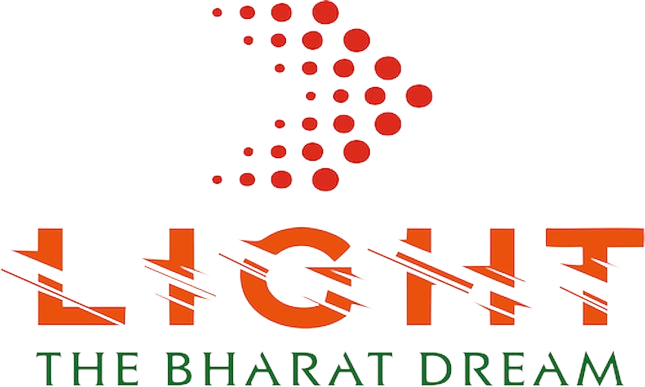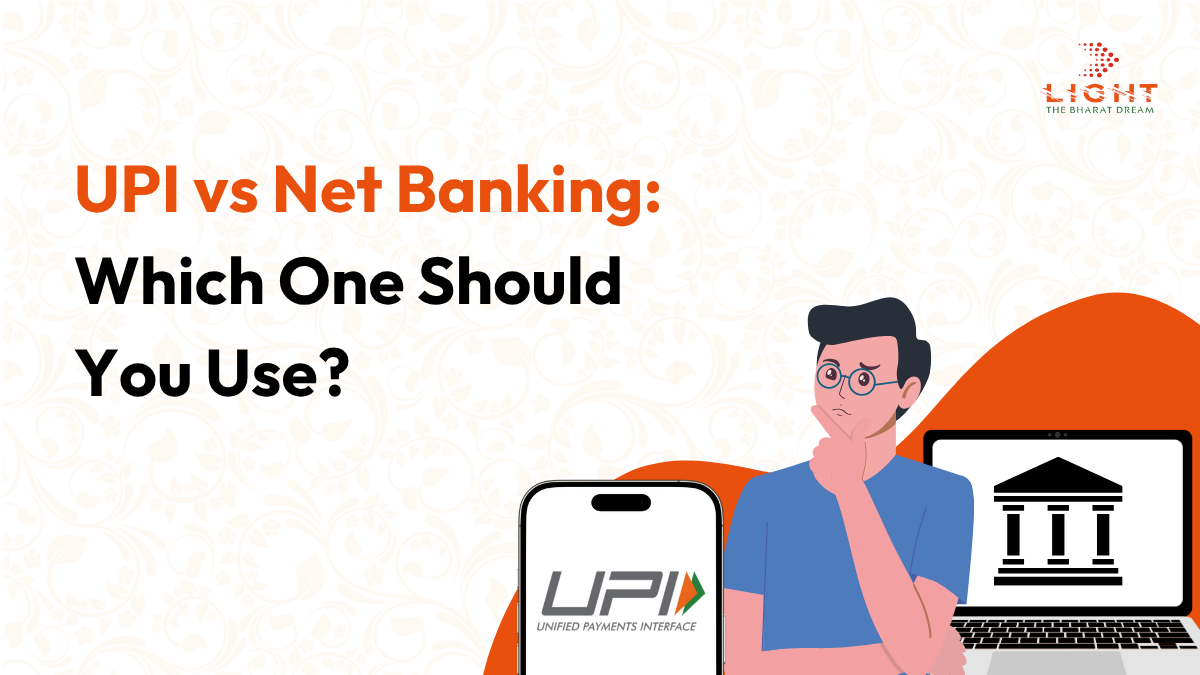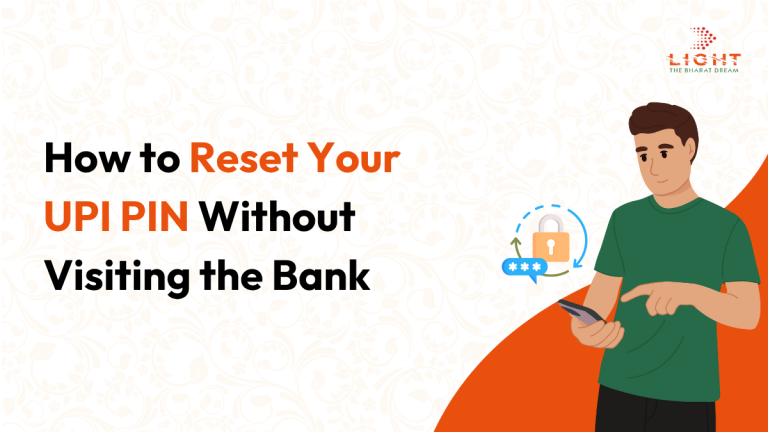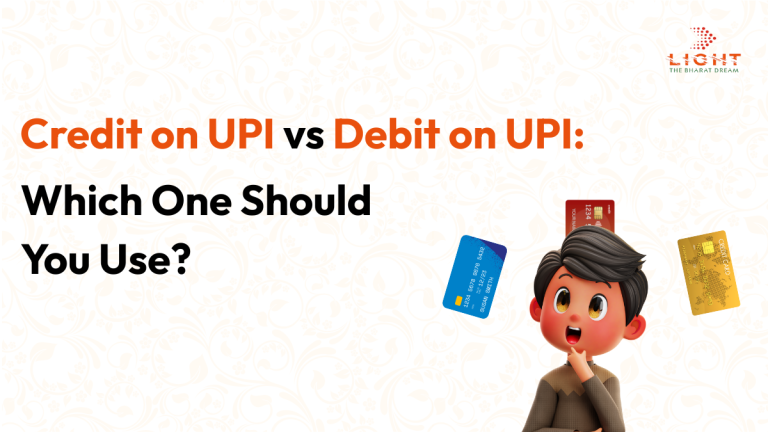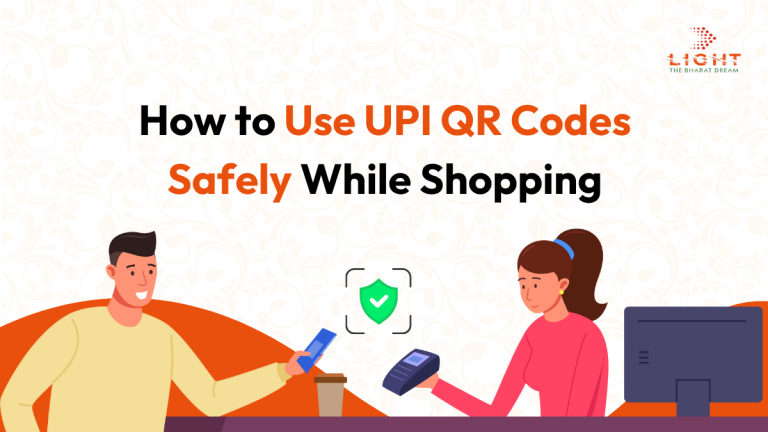UPI vs Net Banking: What Should You Use?
In today’s digital-first economy, managing finances has never been more convenient. With a range of online payment options available, two of the most widely used methods in India are Unified Payments Interface (UPI) and Net Banking. Both offer distinct features, benefits, and use cases, but understanding their differences can help you choose the most efficient and secure method for your personal or business transactions. Whether you’re paying bills, transferring money, or managing your finances, knowing when to use UPI versus Net Banking can save time, reduce costs, and enhance your overall banking experience.
1. What are UPI and Net Banking?
Unified Payments Interface (UPI)
- A real-time, instant inter-bank payment system launched by NPCI in April 2016.
- Built on IMPS, works 24×7-including holidays-and allows money transfers using just a Virtual Payment Address (VPA), mobile number, or QR code.
Net Banking (Internet Banking)
- Traditional online banking via a bank’s web portal or mobile app, enabling fund transfers (via NEFT, RTGS, IMPS), bill payments, account management, loans, investments, and more.
- Transactions may require beneficiary details like account number and IFSC; some services may take hours or depend on banking hours.
2. Side-by-Side Comparison
| Feature | UPI | Net Banking |
|---|---|---|
| Access | UPI-enabled app (e.g. PhonePe, Google Pay, bank app) | Bank’s website or mobile banking platform |
| Speed | Instant (uses IMPS under the hood) | IMPS (minutes), NEFT (hours), RTGS (real-time for high-value) |
| Transaction Limits | Typically ₹1 lakh per transaction (bank-specific); capped daily | Varies: RTGS for large sums, NEFT/IMPS no strict RBI cap |
| Cost/Fees | Free or nominal charges | Typically ₹5–₹25 per retail transaction |
| User Experience | Minimal steps: VPA + UPI PIN; no bank details needed | More detailed UI; beneficiary setup; multi-step flows |
| Service Range | Primarily fund transfers and merchant payments | Broader: account services, loans, deposits, investments |
| Security | Two-factor (UPI PIN + OTP), no bank details shared | Multiple factors: login credentials, OTPs, passwords |
| Availability | Supported by almost all banks; interoperable across apps | Varies by bank interface; some moves toward aggregator interoperability underway |
3. Advantages & Limitations of Each
UPI: Strengths
- Fast and frictionless: instant 24×7 payments with minimal data entry.
- Highly cost-effective: usually free or near zero fees for P2P and merchant payments.
- Wide acceptance: accepted across merchants small and large; works via QR codes or VPA.
- Unified app interface: multiple bank accounts in one app; no need to maintain separate portal credentials.
- Cross-border expansion: use cases emerging in UAE, Singapore, France, Nepal, etc.-enabling international receipts.
UPI: Constraints
- Low per-transaction limits: typically ₹1–2 lakh per day depending on bank.
- No chargeback protection: harder to contest unauthorized payments versus card/net banking.
- Digital literacy required: less intuitive for elderly or tech-inexperienced users.
- Application downtime risks: major UPI outages observed in early 2025 exposed resilience concerns.
Net Banking: Strengths
- Comprehensive services: manage loans, fixed deposits, statements, bill payments, investment accounts, and more.
- Higher limits: suitable for large-value transfers (especially via RTGS/NEFT).
- Well-established security: layered authentication with passwords, OTPs, and per-bank safeguards.
Net Banking: Constraints
- Slower: NEFT and other settlements may take hours; not ideal for instant needs.
- Cumbersome setup: beneficiary creation required; multi-step flows may feel tedious.
- Higher fees: small charges per transfer, ATM fees, etc.
- Less intuitive: interfaces vary across banks; usability can suffer.
4. When to Use What?
Use UPI when:
- Sending or receiving small or medium payments (e.g. splitting bills, shopping, P2P transfers).
- You want instant, low-cost transactions.
- You prefer the simplicity of VPA/QR-based transfers without entering account details.
- You regularly interact with vendors who accept UPI payments (in-store or online).
Use Net Banking when:
- You need to transfer large sums, e.g. ₹2 lakhs and above, especially via NEFT/RTGS.
- You’re managing loans, investments, fixed deposits, mutual funds, or submitting tax payments.
- You prefer structured workflows and have comfort navigating bank portals.
- You want greater recourse in case of disputes or need detailed transaction records.
5. Future Trends & Developments
- Net Banking interoperability: Soon major banks (e.g. HDFC, ICICI) will support interoperable net-banking payments via aggregators-similar to UPI acceptance flow on merchant platforms.
- UPI expansion: International rollout continues; increased usage in UAE, Nepal, France, etc. for inbound payments from overseas users.
- UPI 2.0 features: Invoice-based payments, overdraft facilities, and revised mandate thresholds (e.g. ₹5 lakh UPI payment limit post-authentication enhancements).
6. Security & User Tips
- For UPI: Never share your UPI PIN; verify payee VPA or QR code before sending; avoid clicking unsolicited links.
- For Net Banking: Use strong, unique passwords; enable multi-factor authentication; avoid using public Wi-Fi for sensitive transactions.
Conclusion: Which Should You Use?
There’s no absolute winner-each serves its purpose:
- For everyday, fast, low-cost digital payments, especially small sums: UPI is ideal.
- For more complex banking needs, high-value transfers, investments, and formal documentation: Net Banking remains indispensable.
The best approach is to keep both at your disposal:
- Use UPI for routine, instant payments and merchant interactions.
- Reserve Net Banking for structured, large-value banking tasks and account management.
Together, they form a powerful, flexible financial toolkit suited to the diverse needs of modern banking in India.
